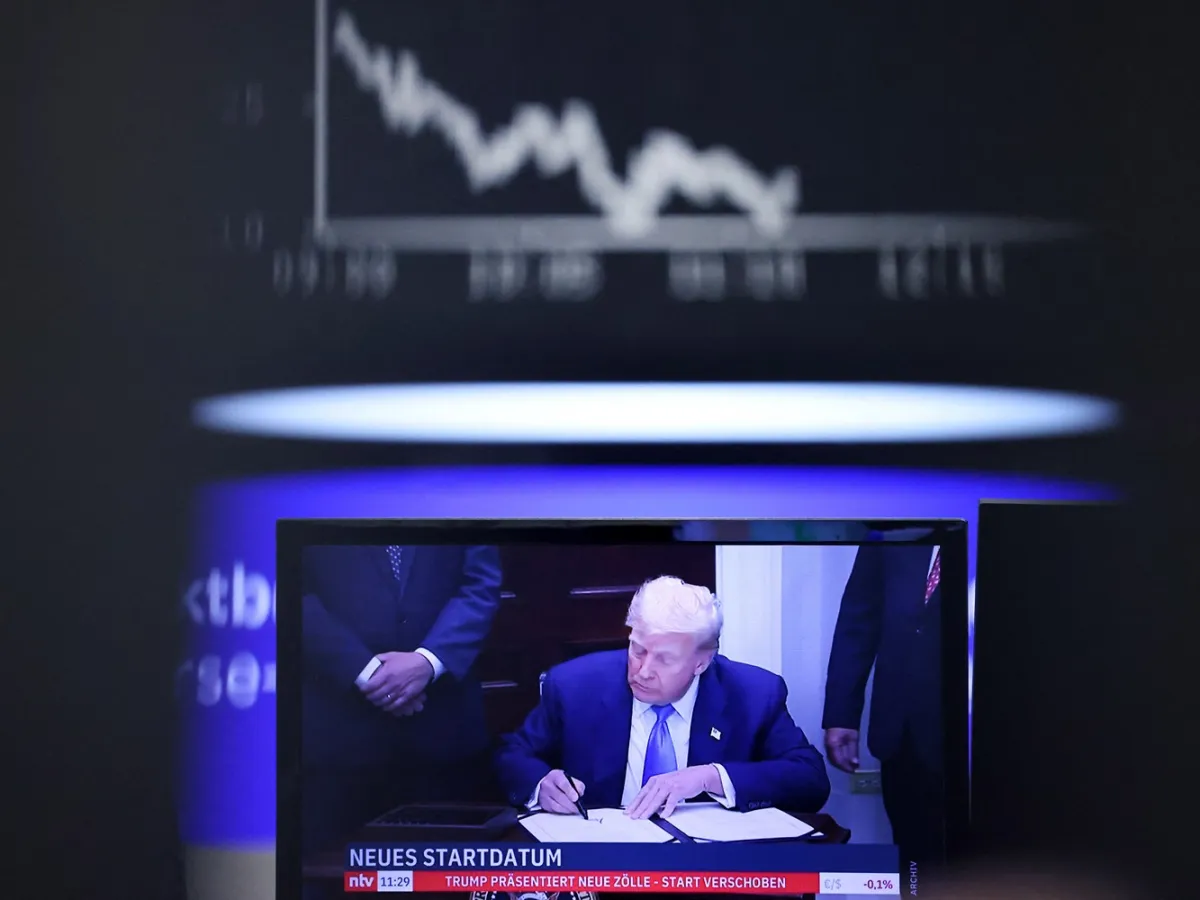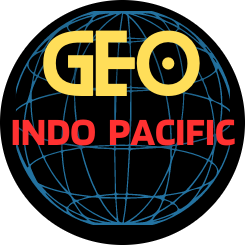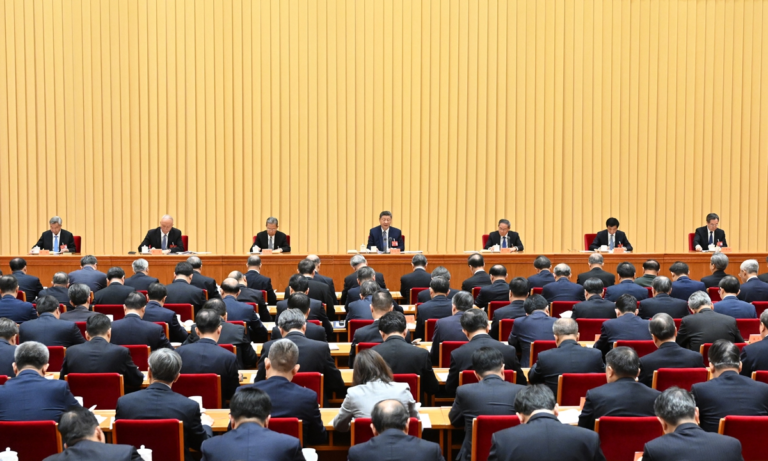
U.S. President Donald Trump’s trade policy toward Taiwan has heightened fears in the self-governing island about the durability of its so-called silicon shield, the idea that dominance in semiconductor manufacturing will protect it from attack—and driven worries that the United States will seek to “hollow out” Taiwan before ultimately abandoning it.
Trump ignited these concerns by imposing a 20 percent tariff on the island, the United States’ sixth-largest trading partner. Taiwan, which counts the United States as its second-largest trading partner, refrained from imposing reciprocal tariffs on the United States in response to Trump’s levies. Instead, it made the case that the U.S. and Taiwanese economies need one another and should deepen trade ties.
Taiwanese President Lai Ching-te has argued that the island “is an indispensable partner in the process of rebuilding American manufacturing and consolidating its leadership in high-tech.” He separately stated, “We want to help the United States reindustrialize and become a global AI hub. We want the United States to continue to lead the world in this new AI era and we want to help make America great again.”
Lai has a point. Taiwan’s information and communication technology (ICT) products and electronic components account for 65 percent of its exports to the United States and are critical to the emerging artificial intelligence (AI) ecosystem in the country. Many of the leading-edge chips required for AI applications can only be made by Taiwan Semiconductor Manufacturing Company (TSMC) and some are only produced in Taiwan.
While Trump’s objective may be to use tariffs to shrink bilateral trade deficits, this tool is unlikely to prove effective in the case of Taiwan. Most of Taiwan’s exports to the United States are these ICT products and electronic components that are exempt from the tariffs and are the subject of a separate tariff probe. In addition, while TSMC has spent billions of dollars to build a facility in Arizona that now produces leading-edge chips, U.S. companies will still have to import a significant number of them from Taiwan given rising demand and limited U.S. production. According to one report [PDF], the U.S. share of global aggregate semiconductor fabrication capacity will only increase from about 10 percent to 14 percent by 2032.
Taiwan has put more on the table to build goodwill with the Trump administration and ultimately get the tariffs reduced. In April, Lai announced his desire for a trade deal with the United States and committed to a reduction in Taiwan’s bilateral trade surplus by purchasing additional U.S. energy, agricultural, defense, and industrial products. TSMC has also committed to increase its total investment in the United States by $100 billion to $165 billion.
Beneath the surface of these pledges to deepen U.S.-Taiwan trade, though, lies an apprehension regarding America’s ultimate objectives and what a potential rebalancing of global supply chains would mean for Taiwan’s security. Many in Taiwan, including former president Tsai Ing-wen, subscribe to the belief that a so-called silicon shield protects the island. According to this logic, China will not use force against Taiwan because a loss of access to Taiwanese chips and related components would cripple China’s manufacturing sector. In addition, other countries will work to deter any conflict and come to Taiwan’s defense if deterrence fails because losing access to Taiwanese chips would trigger a global economic depression.
In this context, should the global economy come to rely less on Taiwan’s semiconductor manufacturing prowess, such a shield may disappear. Most worryingly, if the United States successfully onshores chip production, it may no longer care about Taiwan’s security and, therefore, not defend it from Chinese aggression. Many of Taiwan’s citizens therefore believe that the TSMC decision to produce chips in the United States will “hollow out” the island and erode its “silicon shield”—as Taiwan People’s Party Chairman Huang Kuo-chang put it.
Thus, calls by senior U.S. officials to move semiconductor manufacturing to the United States, tariffs imposed on Taiwan, and the growing perception that U.S. policy toward Taiwan is fickle, has led to a loss of trust in the United States. According to one recent poll, 60 percent of Taiwanese respondents did not see the United States as a trustworthy country, up 10 percent from 2024. According to another poll, 40.5 percent expressed negative views of the United States, a sharp uptick from 24.2 percent one year prior. On tariffs specifically, one poll found that 81.9 percent of respondents viewed the Trump administration’s policy to be unreasonable.
If this shift in Taiwanese sentiment intensifies and hardens, it could prompt many to conclude that unification with China is inevitable and that it is better to negotiate the terms sooner rather than later, while Taiwan still has some leverage. Facing such fatalistic thinking, Taiwan’s government could find it far more difficult to secure buy-in for the necessary but costly investments needed to build a more resilient society and a more robust deterrent. China, for its part, could choose to increase its pressure on Taiwan, out of a belief that the United States will not assist Taiwan in resisting such coercion.
This would prove costly to the United States, which has a strategic interest in ensuring that Taiwan is able to determine its future free from coercion. Should Taiwan lose faith in the United States, it would also undermine U.S. credibility with its allies in the region—above all Australia, Japan, and South Korea. To address growing concerns about the ultimate objective of U.S. trade policy toward Taiwan, the United States should make clear that its interests in the Taiwan Strait do not start or stop with chips. Instead, U.S. officials should stress that the United States’ interest in Taiwan’s security predates the invention of semiconductors and will continue regardless of how many chips it imports from Taiwan.





